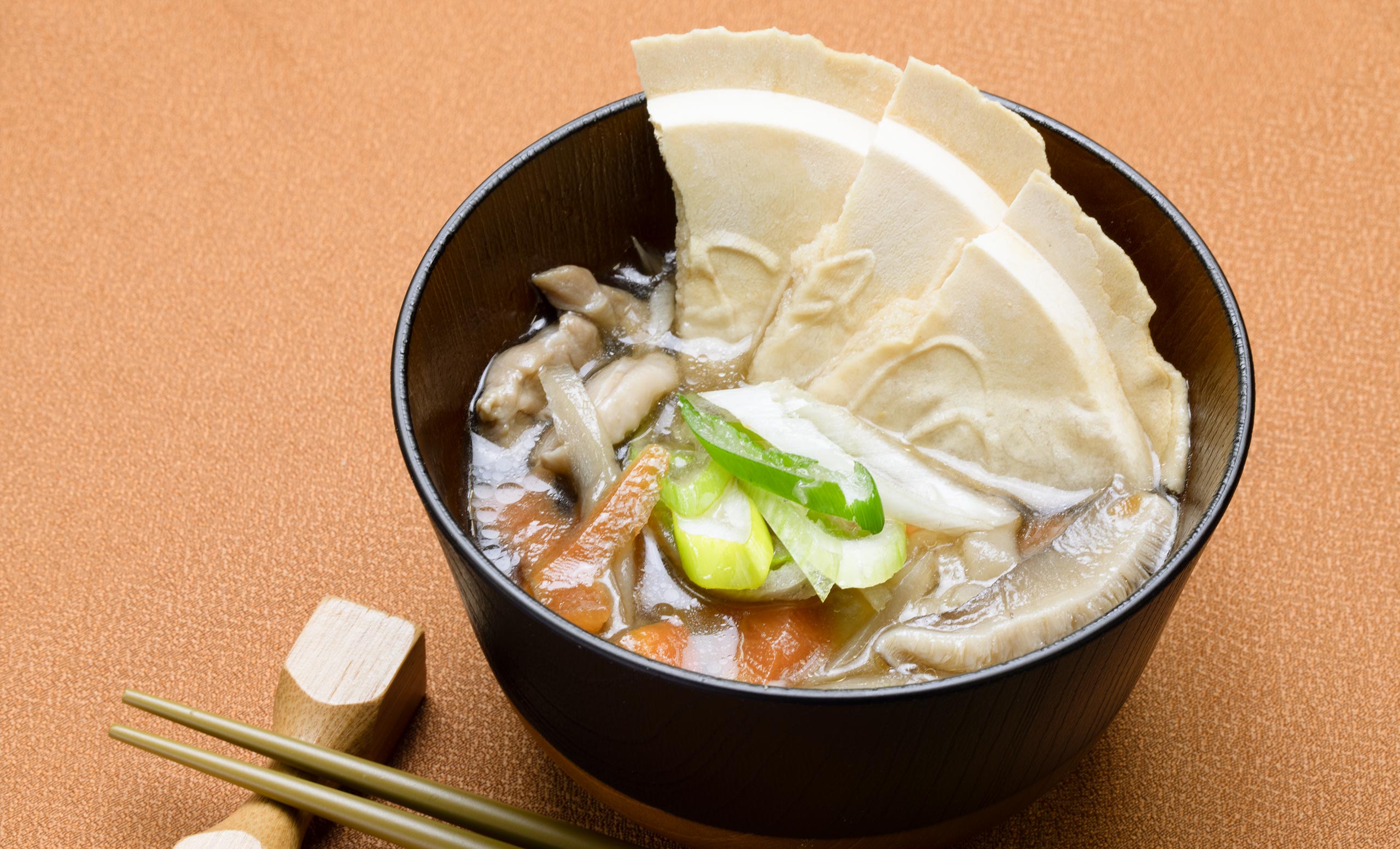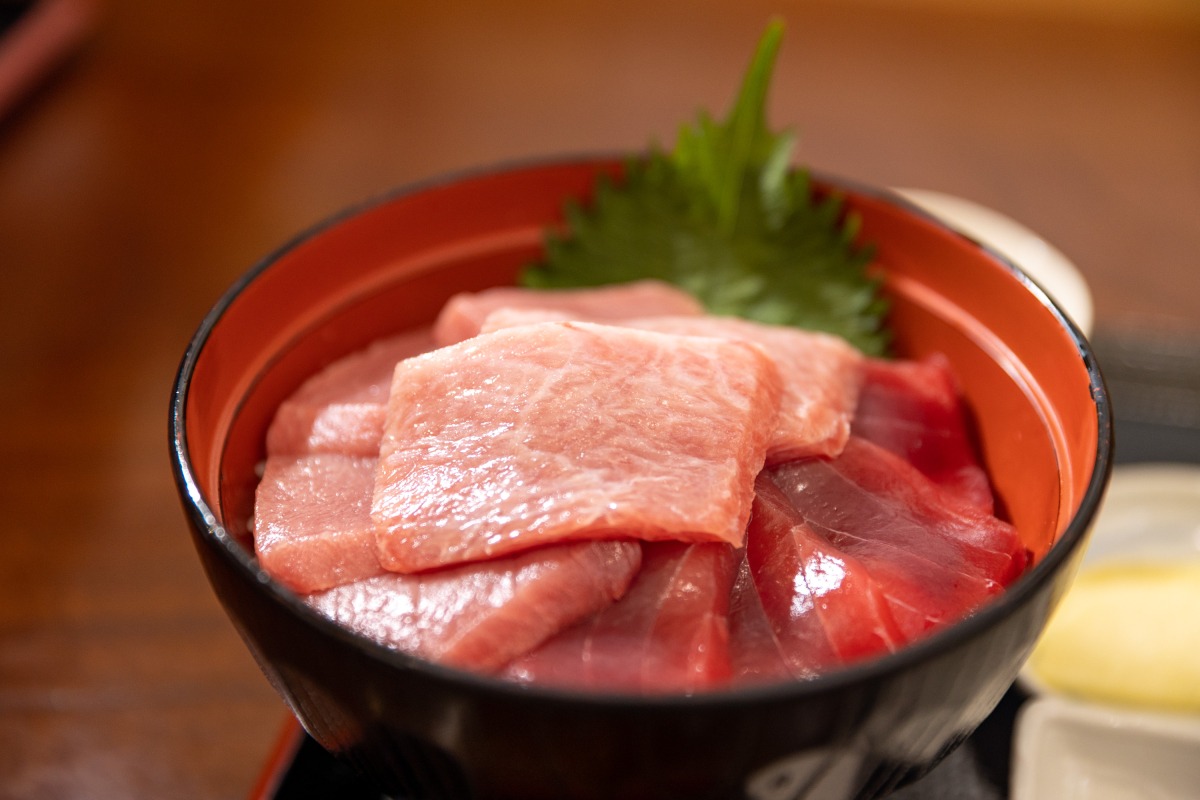
Fukagawa Meshi (深川めし) is a seafood rice dish from Tokyo Prefecture (Kanto Region).
It consists mainly of clams and green onions which are cooked and served over white rice.
Fukagawa-meshi was listed as one of Japan’s “Five Great Meals” or “Five Great Rice Dishes” by the Japanese government in 1939.
Fukagawa (深川) is an area in Tokyo that was once a famous fishing town. “Meshi” (めし・飯)simply means “rice” or “meal” in Japanese.
Sometimes Fukagawa-meshi is also referred to as Fukagawa-don (i.e. don is short for donburi, or “rice bowl” in Japanese).
Read on for more interesting info about Fukagawa Meshi:
Ingredients
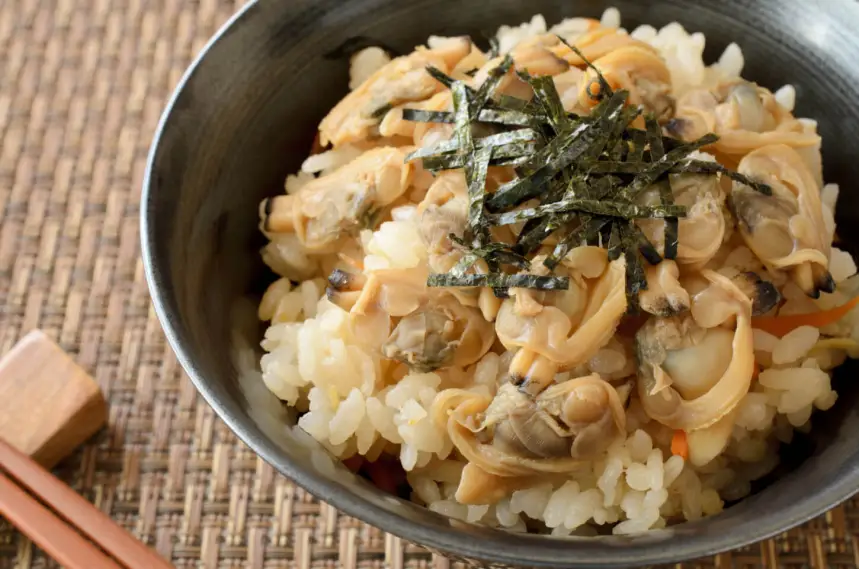
The main ingredients of Fukagawa Meshi are:
- Rice
- Clams
Various other ingredients such as carrots, tofu, shiitake mushrooms, burdock root are often used to make Fukagawa-meshi.
Typical seasoning ingredients include miso, soy sauce, mirin, and sugar.
Location
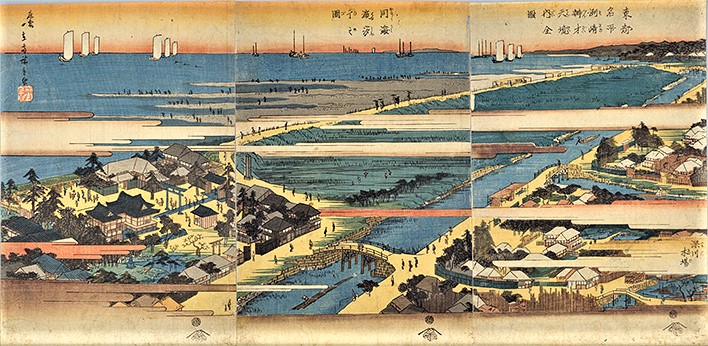
Fukagawa-meshi originates from the former area known as Fukagawa Ward in Tokyo. The larger area is now part of present day Koto Ward, although there is still a small section called Fukagawa.
You can mainly find Fukagawa-meshi around this area. It is also popularly sold as an eki-ben (i.e. train station bento/lunchbox) throughout Tokyo.
Fukagawa was formerly a bustling, coastal fishing town best known for its clams, oysters, scallops, and other shellfish. Fishing in the area disappeared after land reclamation projects.
Read more about its interesting history below:
History / Origin of Fukagawa Meshi
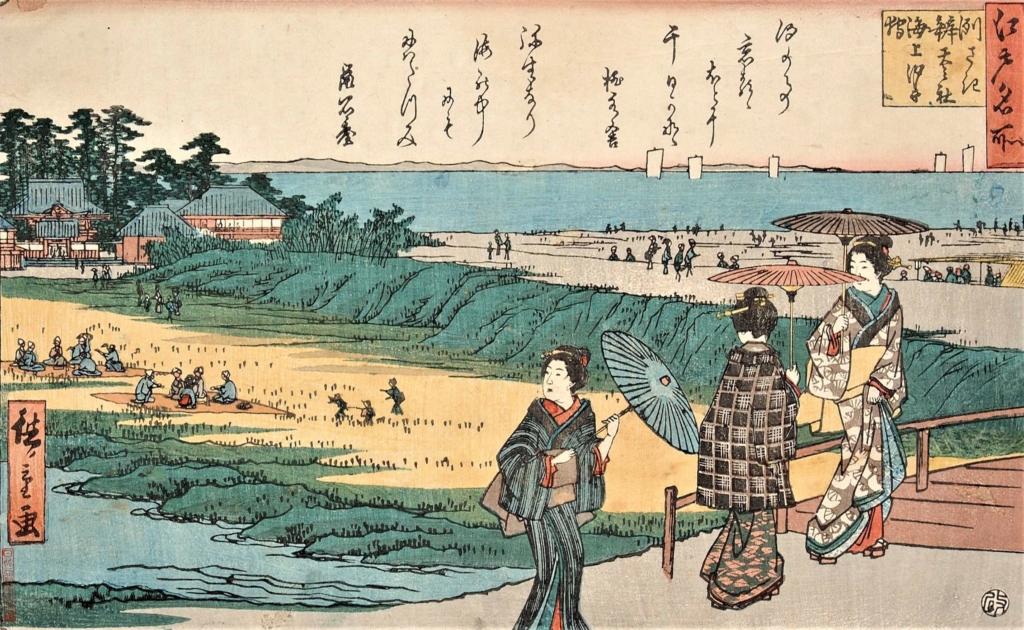
Fukagawa-meshi was created sometime in the Edo period (1600 to 1868).
During this time, Fukagawa was known as a bustling coastal fishing town that was famous for its clams, oysters, and other shellfish.
The dish was created by local fishermen looking for a quick and delicious meal to have during their lunch breaks.
There are actually two styles of fukagawa-meshi: bukkake and takikomi.
Bukkake Meshi Style
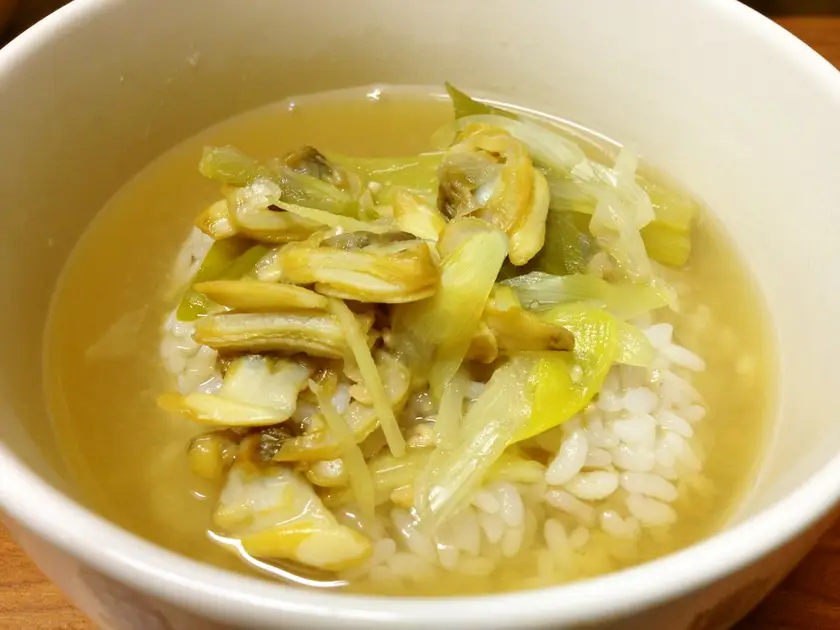
Bukkake-style is the original type of Fukagawa-meshi created by local fisherman in the area. They simply took some fresh clams, boiled it together with green onions and tofu, and poured it over their cold rice.
Later on, miso and/or soy sauce was also used for seasoning. The dish became popular because it was quick and easy.
Many restaurants and stalls in the area began serving bukkake-style Fukagawa-meshi.
Takikomi-gohan Style
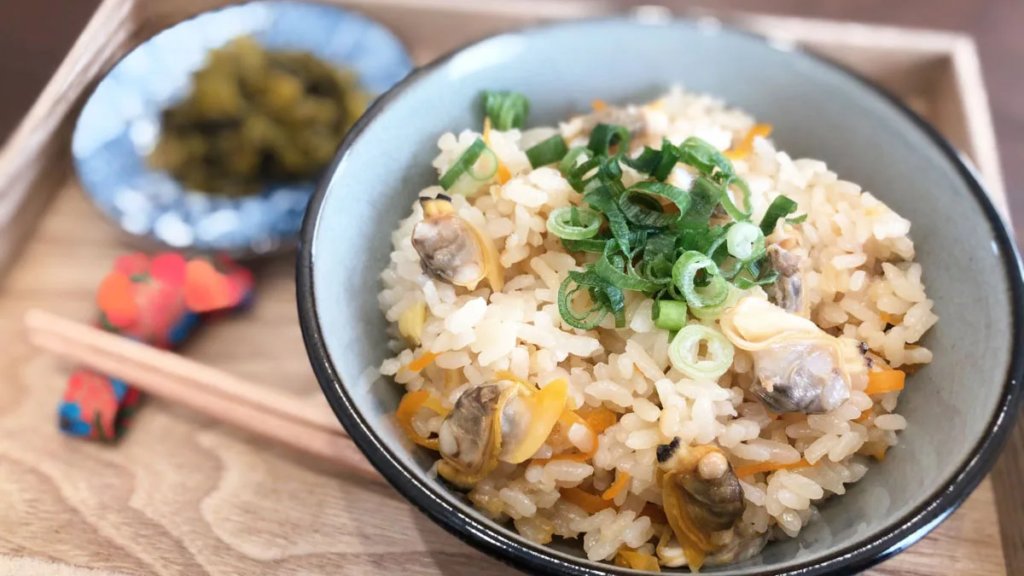
In takikomi-style fukagawa meshi, the clams are simply cooked together with the rice (along with various other ingredients).
This style was more popular for home cooks, as well as for bento (i.e. lunch boxes).
Disappearance
During the early Showa-period (1926-1989), the original Fukagawa area began to disappear due to land reclamation projects to expand Tokyo’s urban development.
The water became unsuitable for fishing, and as a result, fishermen began to leave the area. With them, Fukagawa-meshi also began to disappear.
Re-emergence
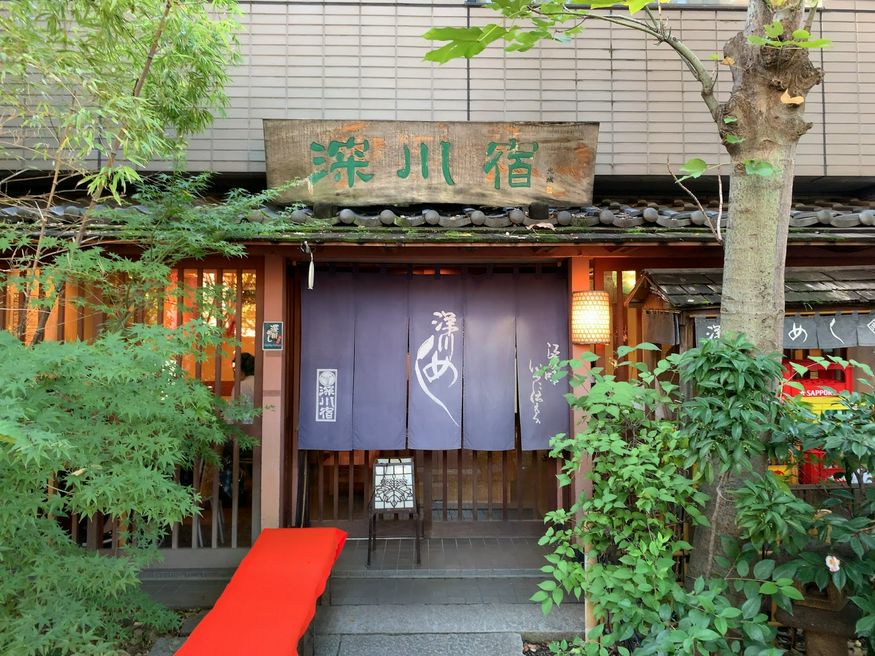
In 1986, the Fukagawa Edo Museum opened to showcase life in the area during the Edo period. It became a popular tourist attraction.
Some local restaurants (notably Fukagawa-juku 深川宿) used this as an opportunity to revive the dish. The revival caught on, and many other restaurants in the area began serving Fukugawa-meshi.
Fukagawa Meshi Recipe
Coming soon!
Fun Facts
- Fukagawa-meshi is one of Japan’s “Five Great Rice Dishes“. The other four are: kayaku-meshi, chuushichi meshi, uzume meshi, and sayori meshi.
- Here is a list of shops to try fukugawa meshi: https://koto-kanko.jp/fukagawameshi/introduction/
Summary
Have you ever tried fukagawa meshi before? What did you think of it?
Leave your thoughts and comments below!
